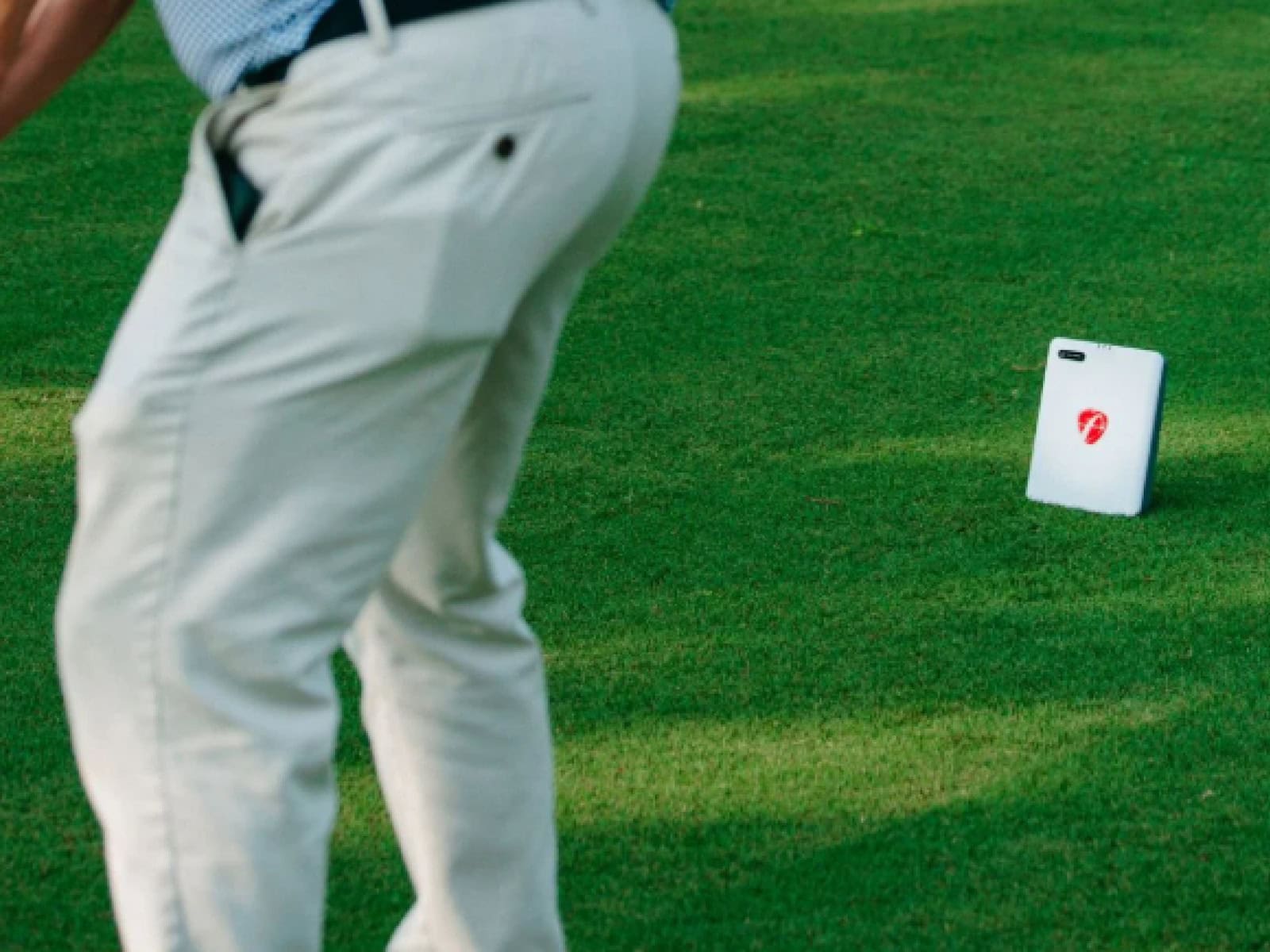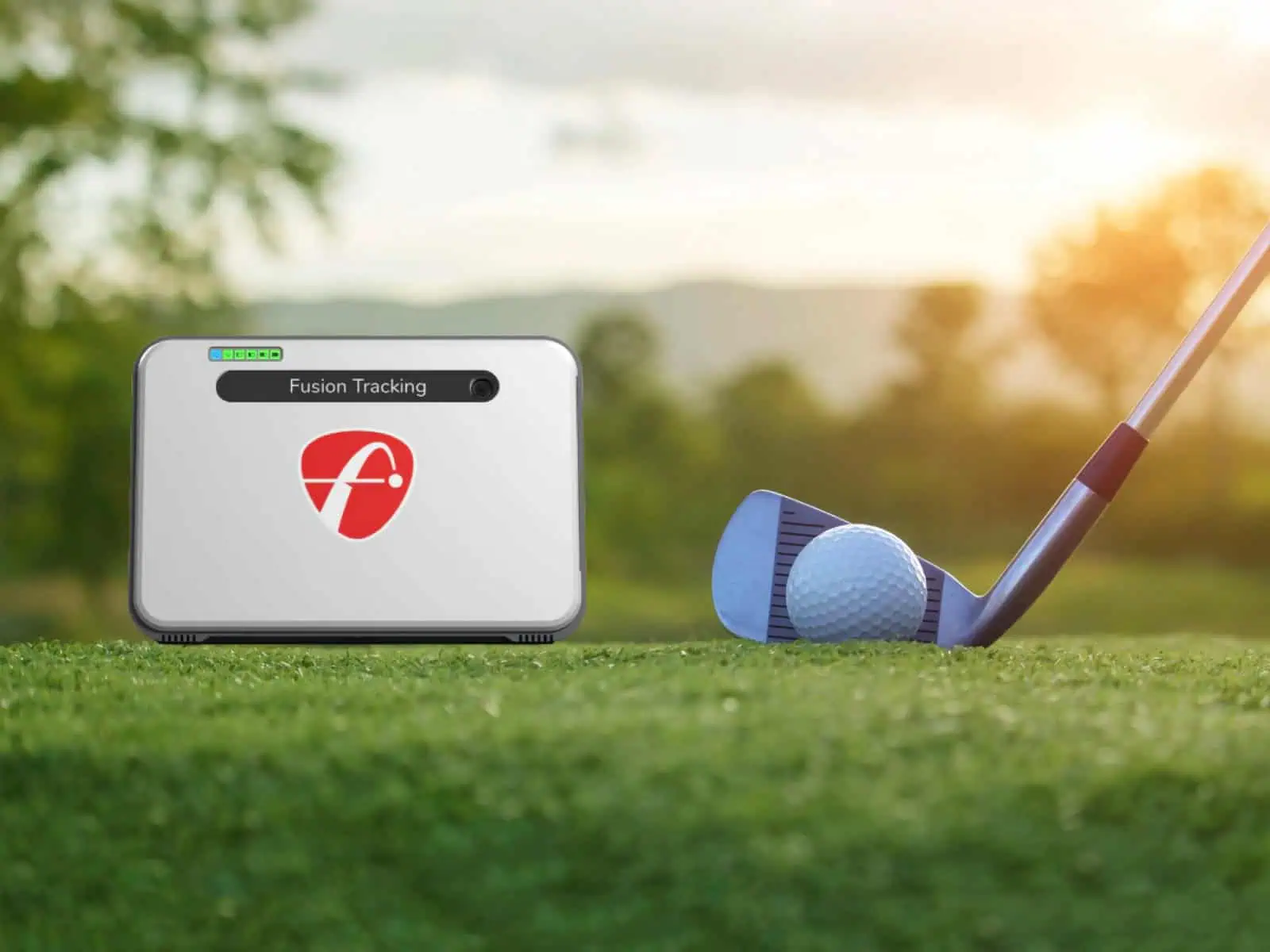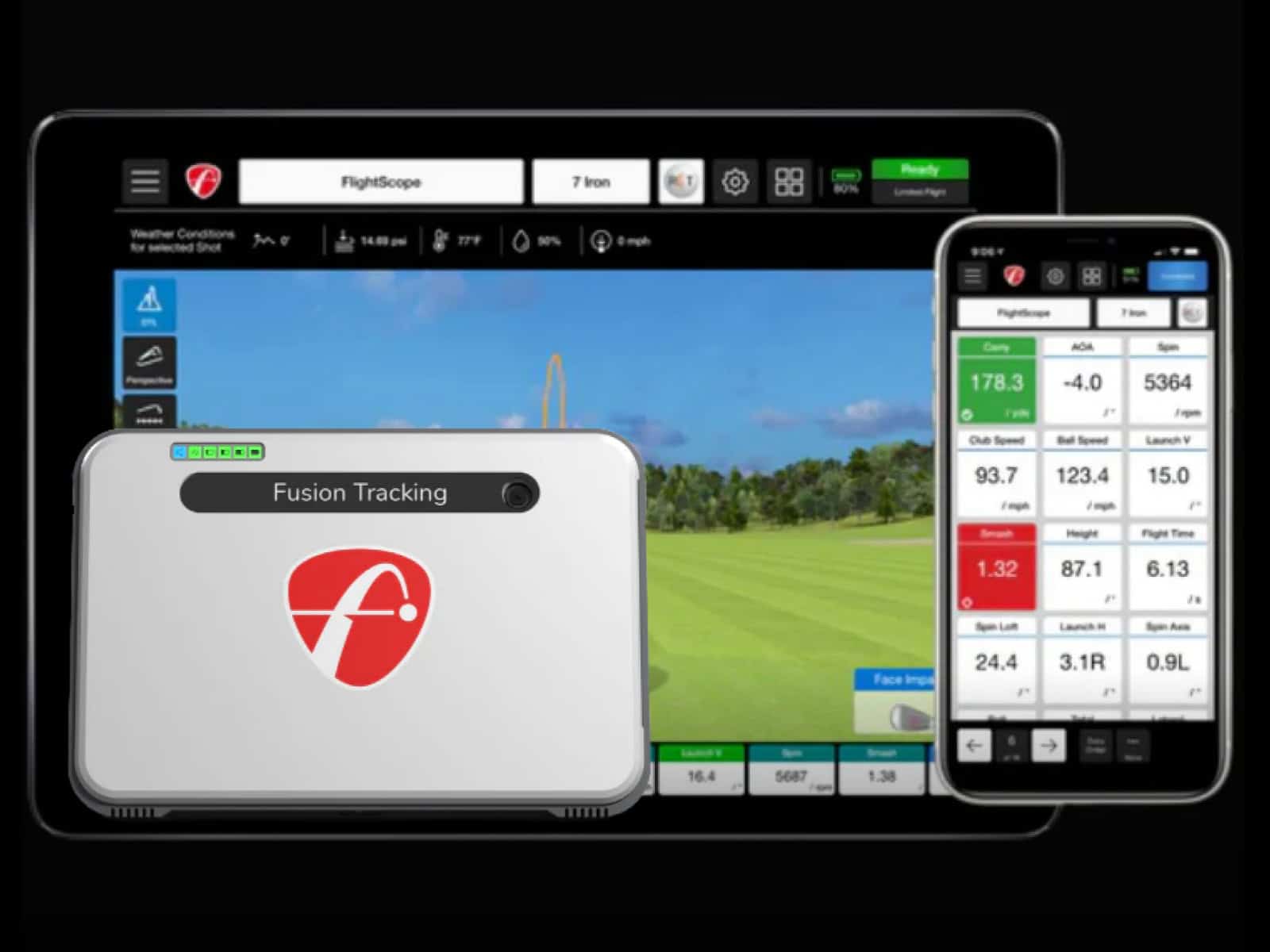We put FlightScope’s Mevo, Mevo Gen2, Mevo Plus, and X3 under the microscope and stack them against TrackMan, PRGR and Swing Caddie SC300i. Clear wins. Call this your quick reference to what’s real and what’s noise.
You’ll get a fast answer up front, a model-by-model read on accuracy, the truth about indoor vs. outdoor use, what radar gets wrong, and simple buying pointers so you pick the right unit for how you practice.
The Short Answer: How Accurate Are FlightScope Monitors?
FlightScope’s numbers can be razor-sharp or a little wild, depending on where and how you use them. Ball speed and carry distance are nearly spot-on. Spin and launch are where things start to wobble, especially indoors or on wedge shots.
Quick Verdict by Model
The Mevo / Gen2 hit above their price range when you set them up right. Ball speed tracks almost perfectly with “true” numbers. You’ll see carry within a few yards of premium monitors like TrackMan. The weak spot shows up on short or slow shots: spins jump around, and launch angles can drift.
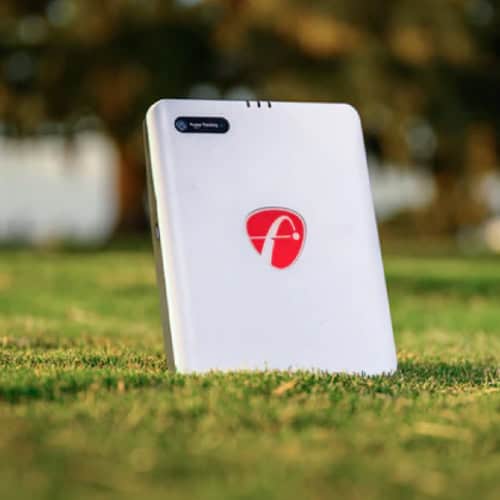
The Mevo Plus steadies the ship. With radar and camera capture, it reads chips and mid-irons well. It’s “fairly accurate” indoors most days, but spin on wedges still slips through the cracks. You’ll love it outdoors, with less reflection and more consistent reads.
The X3 (and upgraded X3C) sits in the pro camp. Outdoors, it’s near-TrackMan precise. Indoors, though, its radar sometimes over-estimates carry and launch, especially when a high-spin wedge gets trapped in tight space. You’ll get elite club and ball data, but only if your setup gives it room to breathe.
Indoors vs Outdoors Accuracy
Outdoors is FlightScope’s comfort zone. The ball flies far enough for the radar to watch every inch, giving you cleaner spin and flight path data. You’ll get carry readings that feel true and repeatable.
Indoors tells another story. With short flight paths and walls closing in, radar reflections twist the picture. The shorter the shot, the trickier it gets. Wedge spin becomes a guessing game, and even a perfect setup can’t fully mask it.
Model-by-Model Accuracy Findings
This section takes a detailed look at the strengths and weaknesses of each FlightScope model, showing how they perform in real-world conditions.
Mevo & Mevo Gen2: Strengths and Weaknesses
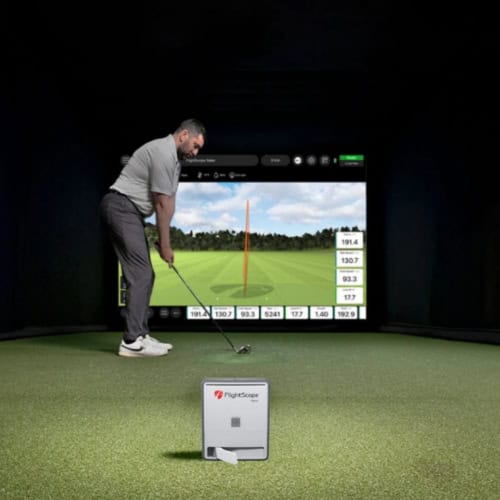
The Mevo and Mevo Gen2 are reliable entry-level launch monitors, especially accurate in carry distance and ball speed when set up correctly behind the ball and properly leveled. Their readings often come within a few yards of premium systems.
However, their main weakness lies in spin and launch consistency. On wedges or slower shots, spin data can fluctuate or drop out entirely, limiting their use for detailed fitting or short-game work. These inconsistencies are most noticeable indoors, where short flight paths and reflective surfaces reduce radar precision.
Proper setup and alignment are crucial. Even slight misplacement can distort results, so you need careful positioning and adequate space. In well-calibrated environments, the Mevo and Gen2 deliver strong results, but in tight or uneven setups, their performance can become inconsistent.
If you want a detailed breakdown of features, software options, and real-world test results, our Mevo Gen 2 review covers everything you need to know.
Mevo Plus: What Improves, What Doesn’t

The Mevo Plus builds on the original Mevo and Gen2 with better short-game accuracy and improved indoor performance thanks to its radar-camera fusion. The app’s multi-capture feature reduces missed shots, making it more dependable for everyday practice.
With the Pro Package, you gain access to key club metrics like face angle, swing path and impact location to help analyze swing mechanics in greater detail. Indoor ball tracking is noticeably smoother and more consistent than with the base Mevo models.
Still, high-spin wedge shots remain a challenge, as spin data can drop out or read inaccurately. Putting metrics are minimal, limited to distance and direction, and occasional “ghost” reads can occur.
X3/X3C: Pro-Grade with Edge Cases

The FlightScope X3 is the brand’s pro-level launch monitor, designed for instructors, fitters and elite players seeking the highest accuracy and depth of data. Combining radar and camera-based Fusion Tracking, it delivers exceptionally rich club and ball metrics, improved low-speed shot capture and stable indoor reliability. The device sits just slightly behind TrackMan in precision. When properly positioned, the X3 rarely misses a shot and performs reliably even in demanding simulator setups.
However, the X3 isn’t flawless. Wedge spin and indoor readings can occasionally be less reliable, particularly in confined hitting bays with limited radar visibility. In tighter environments, it may also overestimate carry or launch, a common radar constraint. For the best results, you need sufficient space in front of and behind the ball, ensuring clear radar tracking lines and accurate spin modeling.
Overall, the X3 delivers tour-grade accuracy and comprehensive feedback, but it still requires optimal conditions to reach its full potential.
Golfers considering the X3 series should also explore the latest improvements and pricing changes introduced in FlightScope’s newest model. Our FlightScope X3C review breaks down its upgraded tracking system and performance gains.
Evidence from Comparator Devices (PRGR, SC300i) & Radar Limits
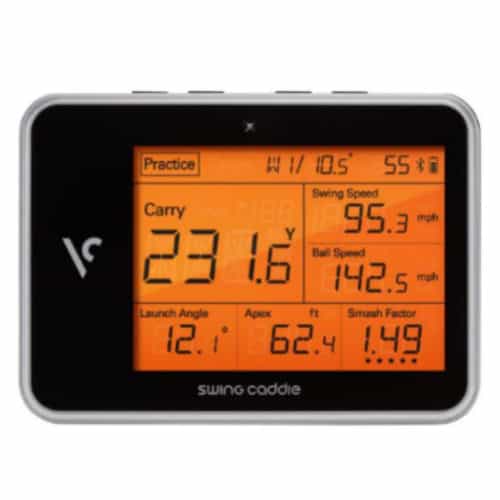
When comparing FlightScope against other popular radar devices like PRGR and Swing Caddie SC300i, there are some noticeable trends. Both of these simpler systems perform well for ball speed and carry, especially on moderate shots. However, where they fall short (just like FlightScope) is on spin accuracy, especially indoors.
What Comparisons Reveal
Here are our findings:
- Ball speed and carry: PRGR and SC300i often come close to the numbers that TrackMan would give you. They provide fairly accurate carry measurements, which makes them a good choice for players who focus on these basics.
- Spin fidelity: Both PRGR and SC300i struggle with spin indoors. They rely more on algorithms to estimate spin, which is fine for general purposes, but won’t give you the precise data you get with higher-end devices. This mirrors FlightScope’s issues with wedge spin when space is limited or when shots are low and fast.
Why Radar Struggles Indoors
Radar-based launch monitors like FlightScope and the others in this comparison perform best when they have a clean, unobstructed view of the ball’s flight. Indoors, this is much harder to achieve. Short flight paths and low launch angles limit the radar’s ability to accurately capture the ball’s spin.
The closer walls, lower ceilings and fewer radar reflections force the device to make more assumptions. That’s why the spin data tends to be more erratic indoors. The longer the shot, the clearer the readings, especially on higher ball flights.
Value Snapshot: Mevo+, Gen2 and X3C – Who Gets the Most Accuracy per Dollar?
The Mevo+ sits in the sweet spot for about 95% of golfers. It tracks carry, spin and club data with the optional Pro Package and works great both indoors and out when setup is right. Its Fusion Tracking tech pairs radar with a camera, cutting down on missed reads and bad spin calls. For serious practice, sim play or training with purpose, it’s the do-it-all unit without the pro-level price.
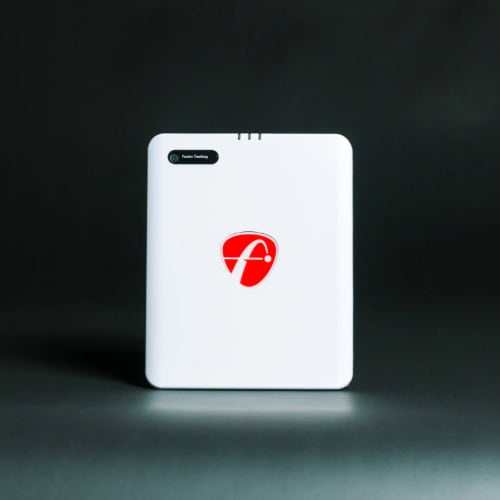
The Mevo Gen2 feels like a “Mini Plus.” It delivers solid ball data and shares the same FlightScope software ecosystem but leaves out club path, face angle and impact metrics. You’ll miss some depth, but you’ll save hundreds. It’s a sharp pick if you care most about carry, distance and launch accuracy rather than deep club analytics.
The X3C is the top-shelf choice. Its carbon fiber body, self-leveling stand and full Fusion Tracking suite make it built for teaching pros and fitters. It captures more putting data, reads full flight outdoors and integrates with pro-level sim setups. Yet, its $13K+ price tag makes it overkill for casual users. You’re paying for precision, polish and convenience that matter most in commercial or elite training settings.
Actionable Takeaways for Buyers
When choosing between the FlightScope models, your decision should align with how you plan to use the data. Whether you’re focusing on range practice, sim play or professional-level fitting, the right model will match your specific needs.
Range/Outdoor Practice Focus
If you’re mainly working on full swings and ball speed, the Mevo or Mevo Gen2 are your best bets. They give strong, reliable ball speed and carry numbers at a lower price, with setup being key for accuracy. These models work well for players who prioritize distance and general feedback.
Serious Data + Sim Play
The Mevo+ is a solid choice here. It offers deeper data and better accuracy than the Mevo, especially if you’re looking for club metrics. The Pro Package expands its usefulness for anyone serious about swing analysis, but it’s also a great middle ground for players who want more than basic data without jumping into the high-end models.
Professional Fitting/Teaching
For coaches and fitters who need the most precise data, the X3 or X3C is the way to go. They provide full club and ball data (over 50 metrics), with more robust indoor performance and accurate spin tracking. These models are built for professionals who demand detailed feedback and need the flexibility to work in a variety of settings.
Key Findings (At a Glance)
Now, let’s see how environment, setup and shot type influence accuracy, and where each model excels or struggles in real-world use.
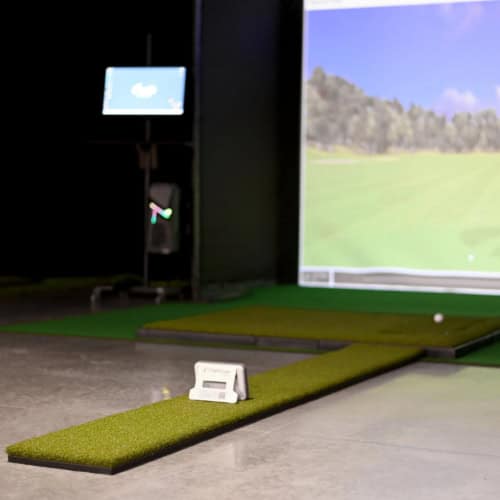
Ball Speed
Across all FlightScope models, ball speed readings are highly consistent when setup is correct. Proper leveling, tilt and distance behind the ball keep results within a few yards of premium systems like TrackMan. Even the entry-level Mevo performs admirably in this area.
Spin / launch
This is where variability increases, especially indoors. Wedge shots tend to produce the most erratic spin readings or dropouts, as radar systems struggle to track short, high-spin flights. The X3 handles this better than lower-tier models but still faces challenges in tight hitting bays.
Environment
Setup remains critical. Alignment, spacing and ceiling height directly impact accuracy. Outdoors, where radar can track full ball flight, all models deliver their most reliable results.
Comparators
Competing budget units like the PRGR and Swing Caddie SC300i share similar radar-based constraints indoors; they are accurate for speed and carry distance, but less dependable for spin or launch data.
Frequently Asked Questions
Our team provided answers to some of the most common questions related to FlightScope devices and their functionality.
Do I need metallic dots or RCT balls for accurate spin indoors with FlightScope?
Spin-marked balls, like RCT or stickers, significantly improve spin capture indoors. Without these markers, the radar struggles to accurately track spin, especially on wedges. Using metallic dots or RCT balls will yield more reliable data for spin, providing a more accurate reading of your short-game performance.
What indoor space do these units realistically need for stable readings?
FlightScope units generally require 8 ft behind the ball and 8–13 ft of ball flight for stable readings. In confined spaces, readings can become inconsistent, particularly for spin data.
Why does the X3 sometimes over-estimate carry indoors?
The X3 may overestimate carry indoors due to the limited flight path in tight spaces. The system uses modeled trajectories to estimate carry, which can skew results, especially for high-spin, low-flight shots.
Ensuring sufficient room for the ball to travel fully can reduce this issue.
Can Mevo Gen2 be upgraded to add Mevo+-style club data?
The Mevo Gen2 is designed for ball-data capture only, and it currently lacks an upgrade option for full club metrics like the Mevo+.
Are there recurring app quirks I should know about?
Some users report occasional issues, such as “ghost” reads or problems with the Ready/Connected toggle. These are often due to improper leveling or misalignment of the device.
Do FlightScope devices require subscriptions for core features?
No, FlightScope devices do not require subscriptions for core functionality. The essential features come with the initial purchase. However, optional upgrades, like the Mevo+ Pro Package or impact location, are available for a one-time fee.
How do putting metrics differ between the X3/X3C and the Mevo+?
The X3 and X3C models offer more detailed putting metrics (12 in total), including data on club path, roll and face angle. The Mevo+, on the other hand, only tracks Three basic putting parameters, making the X3/X3C a better choice for serious putting analysis.
Final Thoughts
FlightScope’s devices deliver accurate ball speed and carry measurements, making them reliable tools for golfers seeking precision in these areas. However, variability in spin and launch angles is more noticeable, especially indoors and when using wedges.
For most golfers, the Mevo+ strikes the best balance between cost and performance. It offers solid accuracy and a wealth of data, making it ideal for a wide range of players. If you’re on a budget, the Gen2 delivers strong ball data, though its capabilities are more limited compared to the Mevo+. On the other hand, the X3 and X3C stand at the top for the most demanding users. They provide the richest data and excellent performance, especially in indoor settings, but they come with a high price tag that is justified primarily for coaches and serious fitters.
Each model has its strengths, so your choice ultimately depends on your needs, whether you’re a casual player or a professional looking for the highest level of data and accuracy.


